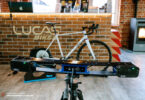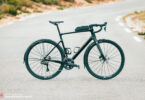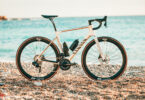With the Paralane² 9.9, FOCUS were one of the first bike brands in the E-road bike market. However, the competition hasn’t slept since it was first launched in late 2017. How will the FOCUS fare in a direct comparison with the latest competition?
For an overview of the test fleet head to the main article: The best E-road bike of 2019! – 13 of the most exciting models on test
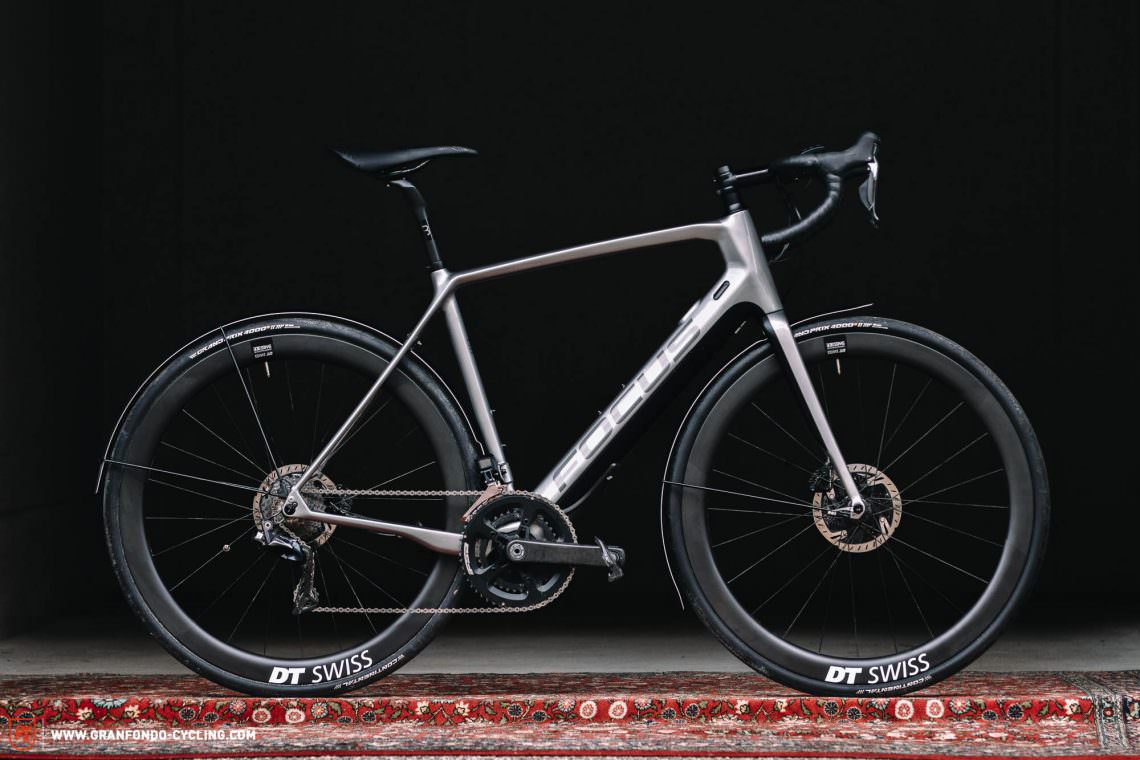
The Paralane² aims to score with its sporty character as well as its practicality. Accordingly, the shapely mudguards come as standard. The FAZUA Evation motor with a nominal output of 250 W and a peak output of 400 W performs optimally in a cadence range of 70–85 rpm. If you want to accelerate beyond that, you’ll benefit from the fact that the FAZUA motor doesn’t generate any noticeable amount of additional resistance when it isn’t supporting you. We were pleased with the tidy appearance of the bike overall as well as the consistent componentry of the Paralane²! FOCUS clearly paid attention to the details: direct mount derailleur hanger, clever R.A.T. quick-release thru-axle and Di2 junction box in the bar end. However, the Easton EC90 Aero handlebar and the FAZUA controls mounted in front of the stem don’t suit the overall look of the bike. Shimano’s 2×11 DURA-ACE Di2 R9170 groupset provides perfect shifting with a 52/36 t chainring combo and an 11-30 t cassette. The DT Swiss ERC 1450 DB wheels and Continental GP 4000S II tires complete the build. In size L, the scale stops at 13.57 kg (incl. mudguards) with a price tag of € 10,499.
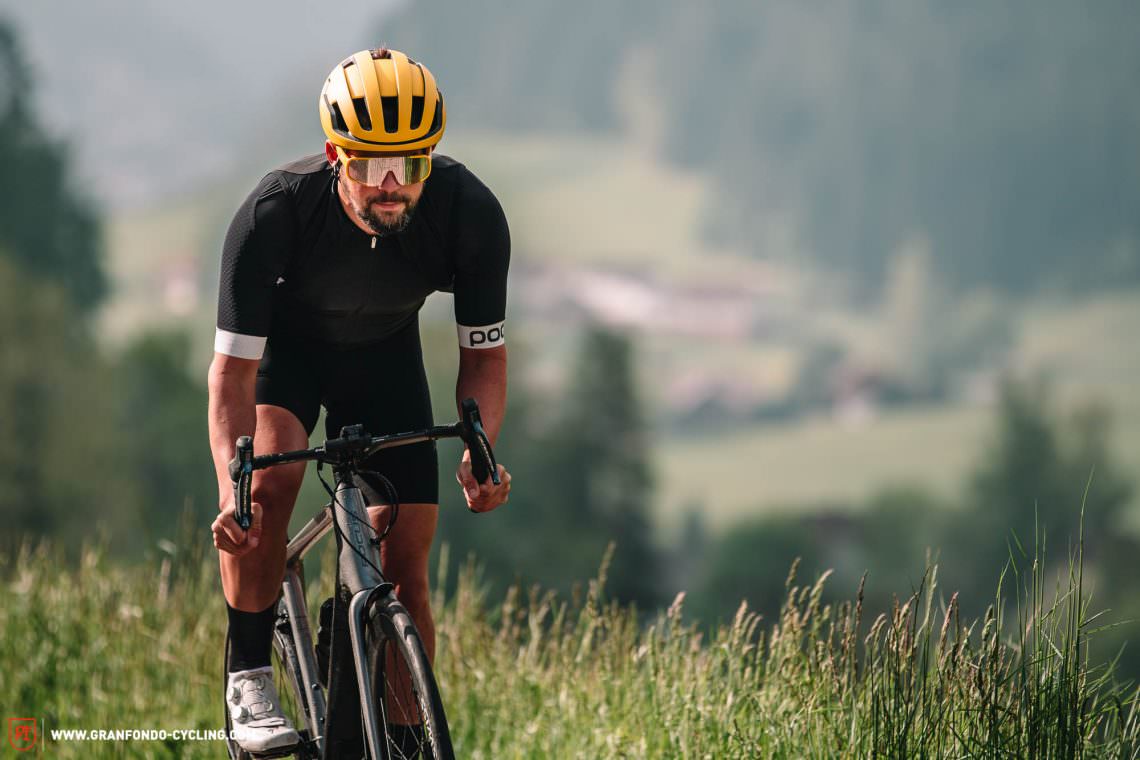
The Focus Paralane² 9.9 in detail
Motor/Battery FAZUA Evation 1.0 250 Wh
Drivetrain Shimano Dura-Ace Di2 R9170 2×11
Gearing 52/36 T und 11–30 T
Brakes Shimano DURA-ACE BR-917 160/160 mm
Stem BBB Deluxe Aluminium
Handlebar Easton EC90 Aero
Seatpost BBB CPX Plus Carbon
Wheels DT Swiss ERC 1450 DB 47
Tires Continental GP4000S II 28C
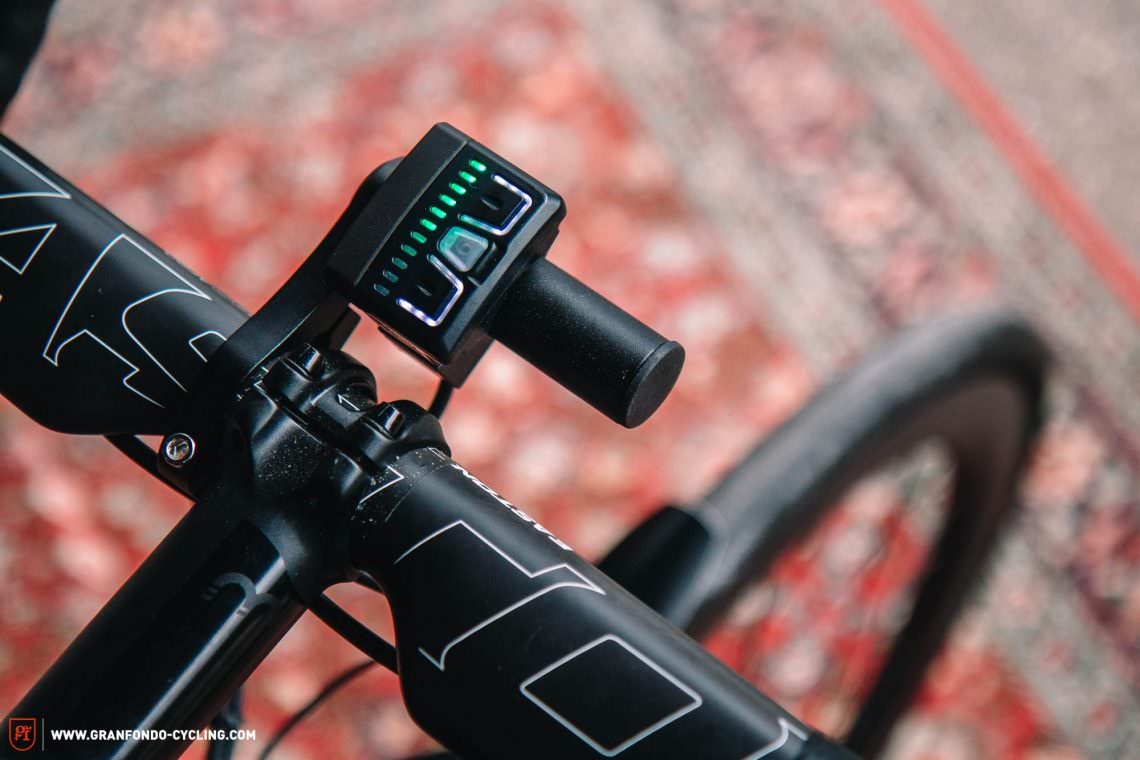
Due to the aero handlebar on the FOCUS, the FAZUA-Remote requires an additional bracket.
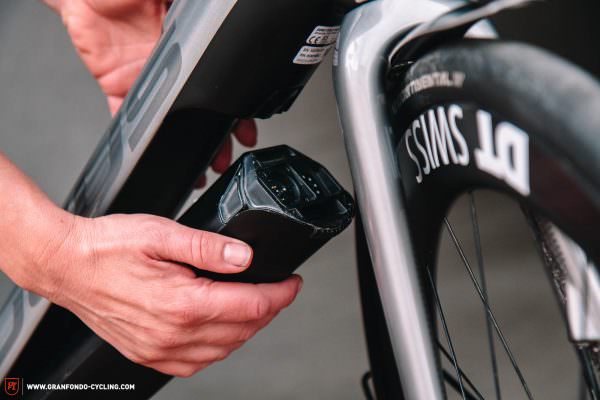
The mudguards don’t make removing the FAZUA battery any easier.
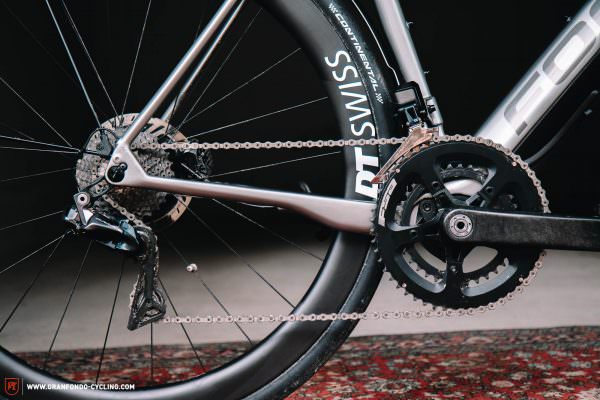
Frameset, wheels, cranks, handlebars, seat post – all are made from black gold.
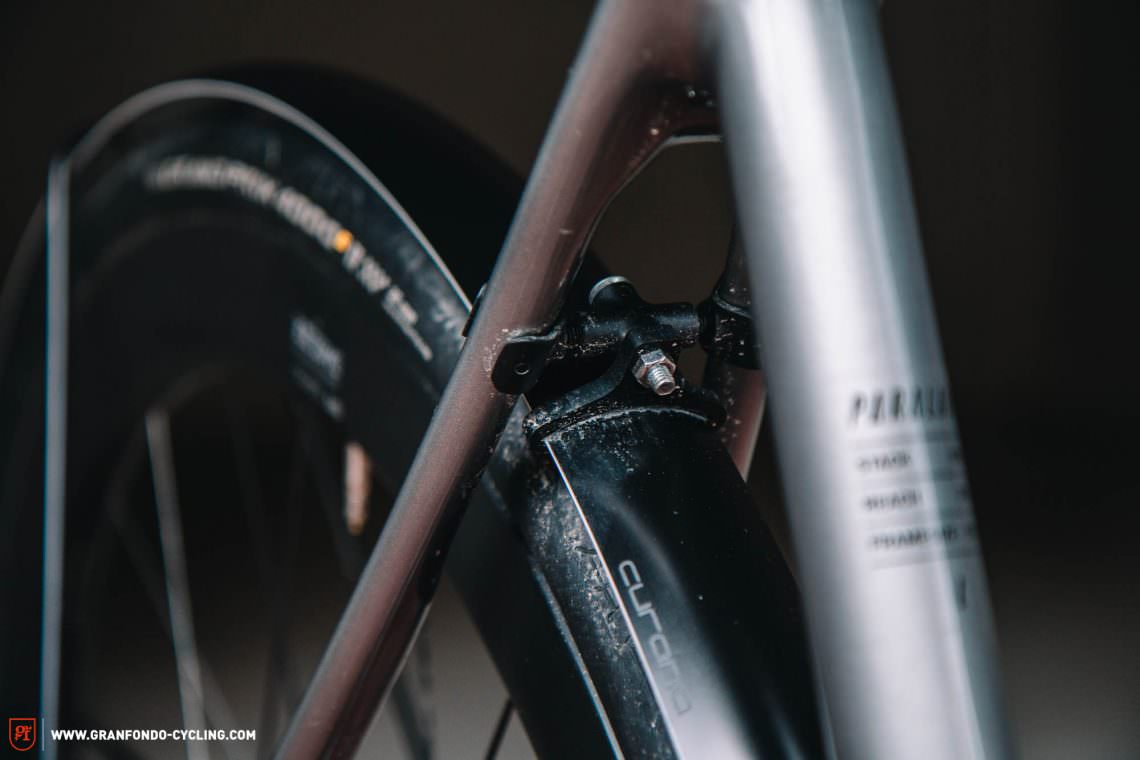
The rear fender is attached to a removable seat stay bridge.
| Size | S | M | L | XL |
|---|---|---|---|---|
| Seat tube | 480 mm | 516 mm | 540 mm | 570 mm |
| Top tube | 525 mm | 545 mm | 568 mm | 590 mm |
| Head tube | 150 mm | 165 mm | 190 mm | 215 mm |
| Head angle | 71.5° | 72.0° | 72.5° | 72.5° |
| Seat angle | 74.5° | 73.5° | 73.5° | 73.5° |
| Chainstays | 415 mm | 415 mm | 415 mm | 415 mm |
| Wheelbase | 990 mm | 996 mm | 1,014 mm | 1,036 mm |
| Reach | 370 mm | 375 mm | 390 mm | 405 mm |
| Stack | 564 mm | 580 mm | 605 mm | 630 mm |
The Focus Paralane² 9.9 in review
Thanks to the comparably tall front end, the riding position on the Paralane² is comfortably upright. The 20 mm offset BBB carbon seat post combined with the 190 mm long head tube and the resulting tall front end puts a lot of weight on the rear wheel, as the rider’s centre of gravity is shifted rearwards. That means you’ll have to actively shift your weight forward to get the FOCUS around tight bends. With its 415 mm short chainstays, the rear end readily follows at all times and if you don’t intend to regularly ride the FOCUS at the limit, the lack of agility at the front won’t bother you. One thing our testers couldn’t warm to was the position of the FAZUA remote. Since the aero profile of the Easton bars makes it impossible to mount the remote on the handlebar, it has to be attached to a very bulky bracket in front of the stem. Its position occupies a space where a lot of riders would usually want to mount their GPS computer.
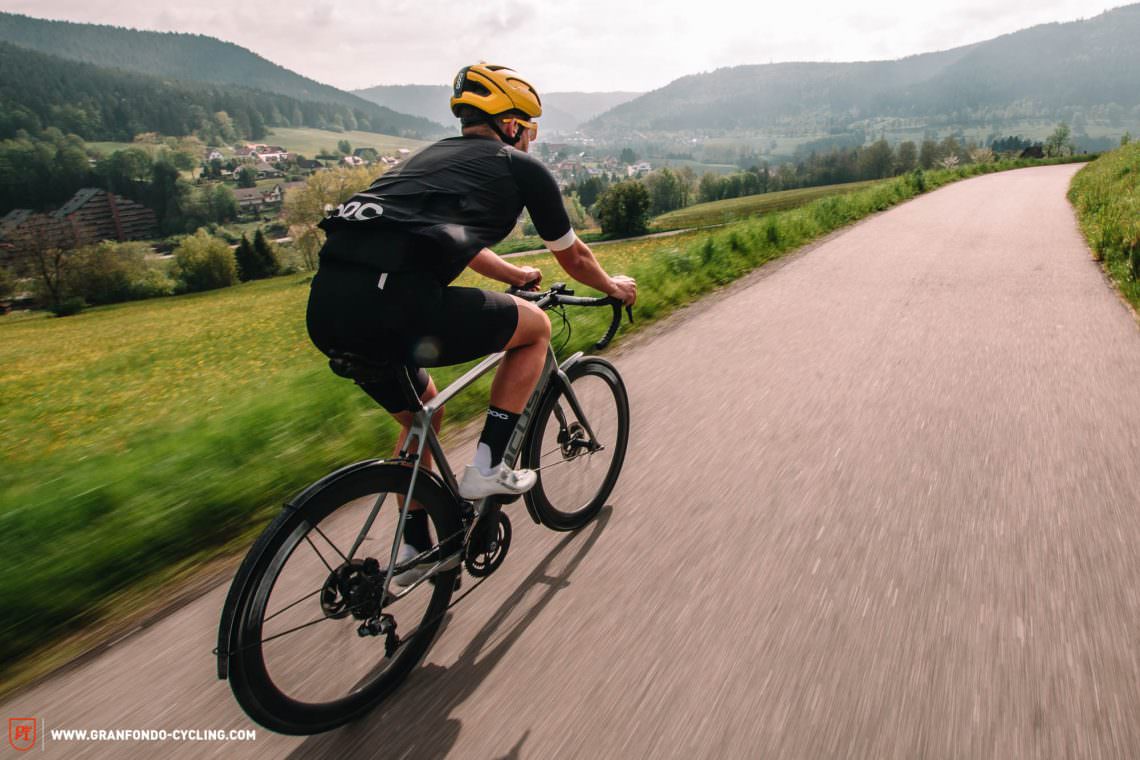
Seat post with no offset for improved weight distribution
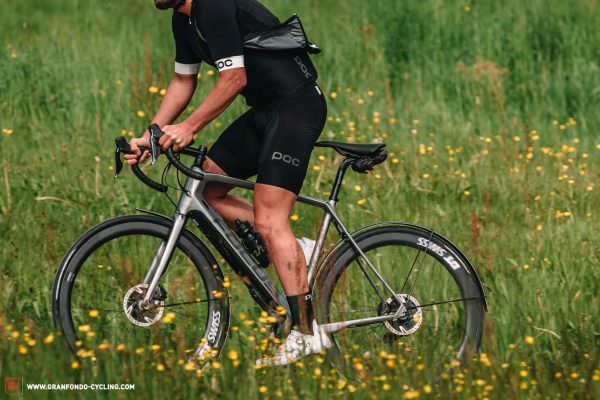
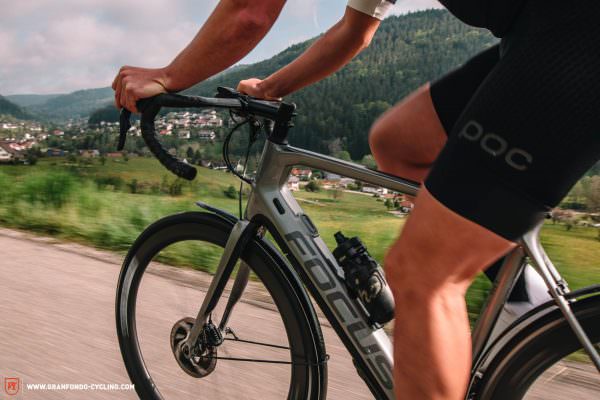
A silver bullet with uncompromising bling-bling spec that doesn’t let off the gas!
Here, speccing a conventional, round handlebar would have seemed a more holistic approach. In terms of comfort, the rear triangle offers an excellent level of compliance with defined vibration damping. However, the front end of the FOCUS is a little stiffer, though the overall comfort is acceptable. The tuning of the FAZUA motor on the FOCUS feels somewhat binary: while it offers only minimal assistance in the lowest level, it doesn’t let off the gas in the upper support modes. In the highest (Rocket) mode, the motor’s output isn’t progressive, engaging harshly with each pedal stroke and pushing on relentlessly. Here, it is worth having the modes adjusted at the dealer to suit your personal preference.
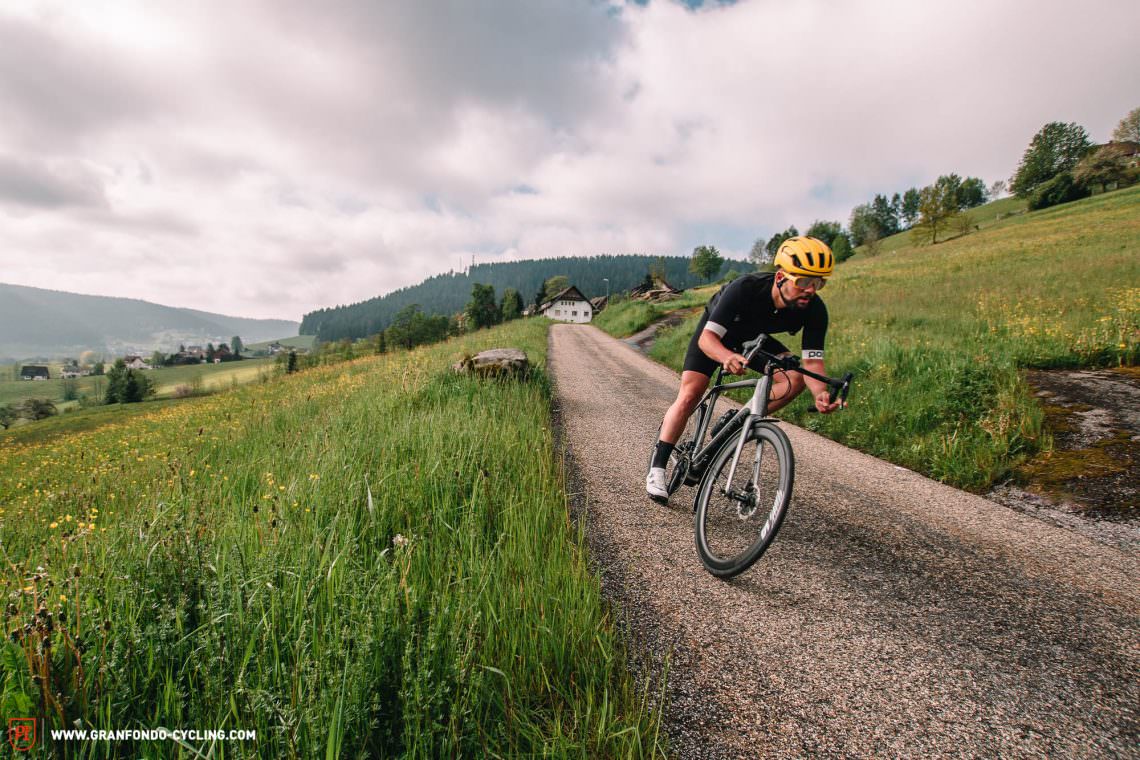
Conclusion
With the Paralane², Focus provide an aesthetically pleasing and integrated solution for the E-road sector. The E-road bike scored highly with its composure and consistent spec. Riding on the limit, the cumbersome front end calls for an active riding style. Fans of carbon fibre who want a little assistance to ride road bike marathons or after work rides will find a good endurance E-road bike companion in the Paralane².
Tops
- near-flawless spec
- clever details
- good performance over 25 km/h
Flops
- cumbersome front end
- additional bracket for the remote on the cockpit
- rattling fenders
Riding Characteristics
4Agility
- cumbersome
- playful
Stability
- nervous
- confident
Handling
- demanding
- balanced
Fun factor
- boring
- lively
Motor feeling
- digital
- natural
Motor power
- weak
- strong
Value for money
- terrible
- very good
For more info head to: focus-bikes.com
For an overview of the test fleet head to the main article: The best E-road bike of 2019! – 13 of the most exciting models on test
All bikes in test: Bianchi Aria e-Road | BMC Alpenchallenge AMP ROAD ONE | Cannondale Synapse Neo SE | CENTURION Overdrive Carbon Road Z4000 | Coboc TEN Torino | LOOK E-765 Optimum Disc | Moustache Dimanche 28.7 | ORBEA GAIN M10 | Pinarello Nytro | Specialized S-Works Turbo Creo SL | Thömus Sliker E1 | Wilier Triestina Cento1 Hybrid Custom
This article is from GRAN FONDO issue #012
GRAN FONDO Cycling Magazine is published in a digital app format in both English and German. Download the app for iOS or Android to read all articles on your tablet or smartphone. 100% free!


No, it’s not about perfect race tracks, it’s about efficiency. Fast, fleet-footed and efficient – those who want to speed along high-speed passages need a defined and spritely bike that accelerates with ease and efficiency. Nevertheless, reliable components are important too. We interpret “Smooth tarmac” bikes as follows: Hard efforts at high speeds with a maximum efficient bike on a consistently well-paved road. Effort-joy ratio: 80:30 (not everything has to be 100%!)↩
… also known as bike riding. Broken-up roads in the hinterland, deadlocked gravel roads, loose surfaces – sometimes muddy, sometimes bone-dry. For this, it takes bikes with super all-round, handling and wearing qualities uphill and downhill. Effort-joy ratio: 50:50↩
If you want to use your bike almost every day, you usually do not need an extremely tuned racing machine. Solid components, which are able to cope with the rigours of continuous usage in any kind of weather, are part of the basic equipment. At the same time, the bike should have practicable details: integrated fenders/assembly options, luggage racks/attachment points and a light system or at least the option of installing bike lights. The position on the bike should be rather relaxed, the overall comfort high, so that the Afterwork Ride becomes a cure and not a curse. Effort-joy ratio: 30:70↩
You can find more info about our rating system in this article: Click here! ↩
Did you enjoy this article? If so, we would be stoked if you decide to support us with a monthly contribution. By becoming a supporter of GRAN FONDO, you will help secure a sustainable future for high-quality cycling journalism. Click here to learn more.
Words: Photos: Valentin Rühl, Benjamin Topf, Robin Schmitt




